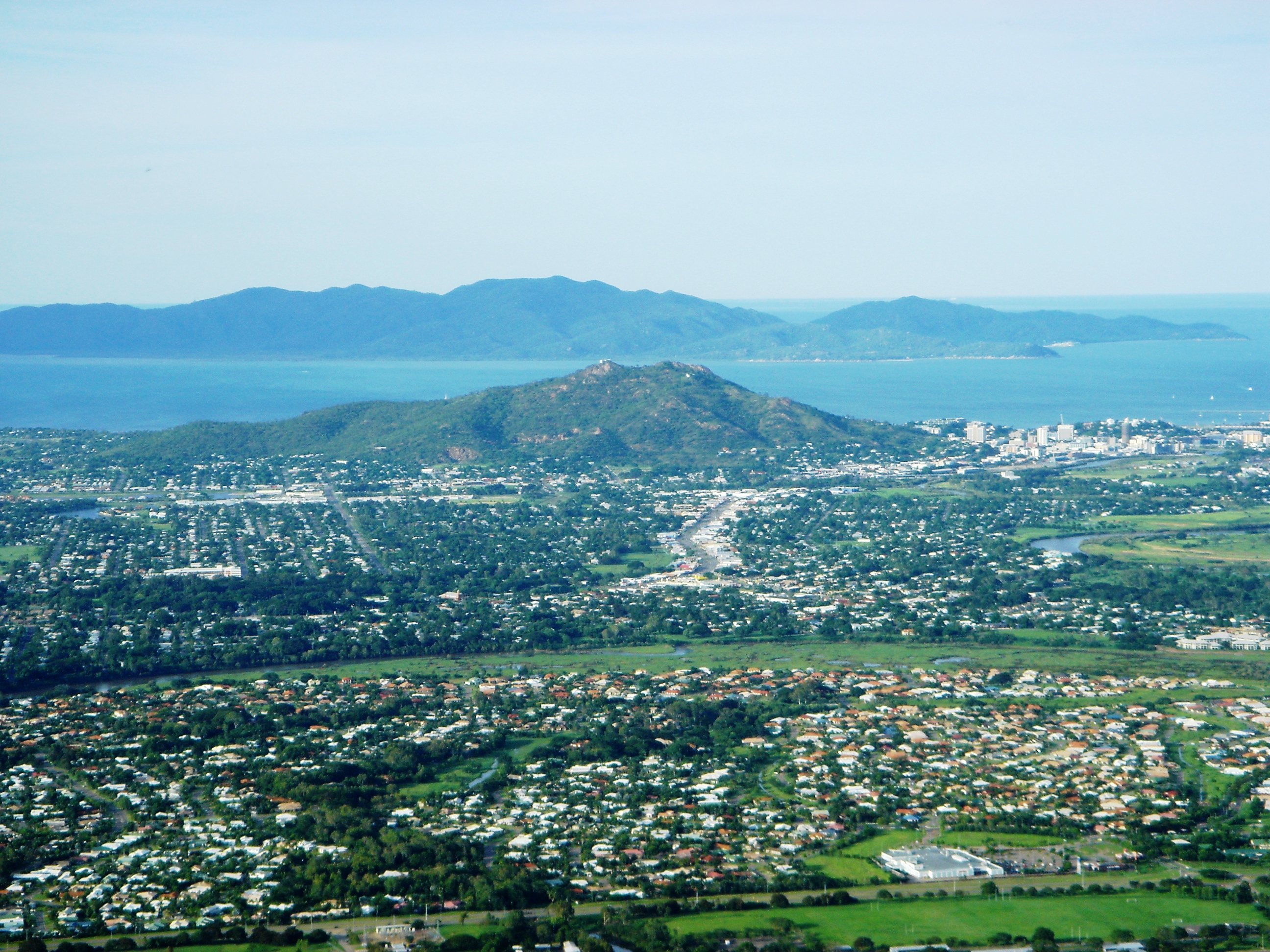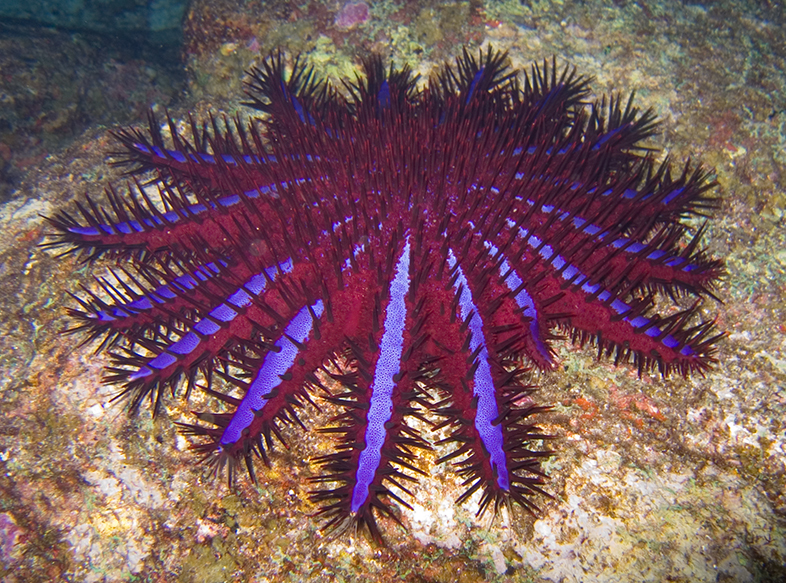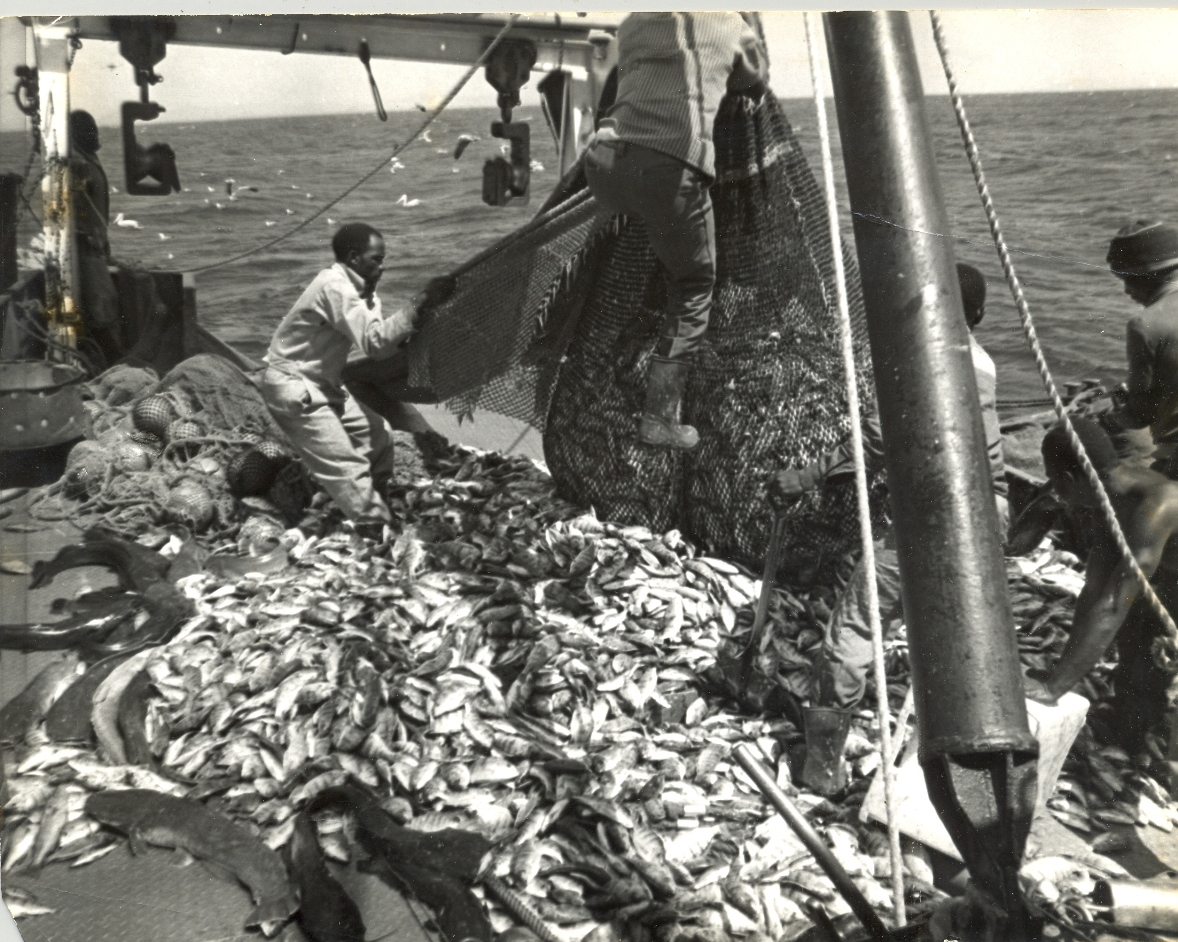|
John Horatio Busst
John Horatio Busst (1909–5 April 1971) was an artist and conservationist in Queensland, Australia. He is best known for leading a successful campaign to protect Queensland's Great Barrier Reef and its tropical rainforests from development, mining pressures and exploitation. Early life John Busst was born in 1909 in Bendigo, Victoria, the son of Horatio Busst and his wife Emily Kate (née Woodward). Busst's interest in art, architecture and advocacy began in his youth, which he spent in Victoria. After attending Wesley College, he studied at Melbourne University. He then shared a house with Arthur Munday and future Prime Minister Harold Holt, before Busst and Munday studied art with draughtsman-turned-painter Justus Jorgensen, who was influential in Melbourne art circles. In 1934 Busst followed Jorgensen to Eltham, an outer suburb of Melbourne, which had attracted artists since the early 1900s, to help build the community of painters, sculptors, musicians and craft ... [...More Info...] [...Related Items...] OR: [Wikipedia] [Google] [Baidu] |
Conservation Movement
The conservation movement, also known as nature conservation, is a political, environmental, and social movement that seeks to manage and protect natural resources, including animal, fungus, and plant species as well as their habitat for the future. Conservationists are concerned with leaving the environment in a better state than the condition they found it in. Evidence-based conservation seeks to use high quality scientific evidence to make conservation efforts more effective. The early conservation movement evolved out of necessity to maintain natural resources such as fisheries, wildlife management, water, soil, as well as conservation and sustainable forestry. The contemporary conservation movement has broadened from the early movement's emphasis on use of sustainable yield of natural resources and preservation of wilderness areas to include preservation of biodiversity. Some say the conservation movement is part of the broader and more far-reaching environmental movem ... [...More Info...] [...Related Items...] OR: [Wikipedia] [Google] [Baidu] |
Dunk Island
Dunk Island, known as ''Coonanglebah'' in the Warrgamay and Dyirbal languages, is an island within the locality of Dunk in the Cassowary Coast Region, Queensland, Australia. It lies off the Australian east coast, opposite the town of Mission Beach. The island forms part of the Family Islands National Park and is in the larger Great Barrier Reef World Heritage Area. The island is surrounded by reefs and has a diverse population of birds. The Bandjin and Djiru peoples once used the island as a source for food. Europeans first settled on the island in 1897. Dunk Island was used by the Royal Australian Air Force during World War II. In recent years the island and its resort facilities have been adversely affected by both Cyclone Larry and Cyclone Yasi. Geology and wildlife Dunk Island is by far the largest island in the Family Islands National Park, all of which consist of granite rock. All of the islands were part of the mainland before the last sea level rise began 8,000 yea ... [...More Info...] [...Related Items...] OR: [Wikipedia] [Google] [Baidu] |
Australian Phytochemical Survey
The Australian Phytochemical Survey was a collaborative study of the chemical constituents of native plants in Australia and Papua New Guinea which was conducted by CSIRO as well as chemists within the Australian university system. The project was primarily based around a broad search across a range of Australian ecosystems and plant species for new medicinal drugs as well as additional studies on plants which were poisonous to livestock. The survey was active from 1946 until 1974 with pharmacological testing of alkaloids initially being carried out by F.H. Shaw at the University of Melbourne. The Australian Phytochemical Survey later also fostered collaborations with Smith, Kline & French, a pharmaceutical company from Philadelphia as well as National Institutes of Health Clinical Center in Bethesda, Maryland which was established in relation to the screening and study of potential anti-tumour agents arising through the survey. The survey was initiated as a search for chemical cons ... [...More Info...] [...Related Items...] OR: [Wikipedia] [Google] [Baidu] |
North Queensland
North Queensland or the Northern Region is the northern part of the Australian state of Queensland that lies just south of Far North Queensland. Queensland is a massive state, larger than many countries, and its tropical northern part has been historically remote and undeveloped, resulting in a distinctive regional character and identity. Townsville is the largest urban centre in North Queensland, leading it to be regarded as an unofficial capital. The region has a population of 231,628 and covers . Geography There is no official boundary that separates North Queensland from the rest of the state. Unofficially it is usually considered to have a southern border beginning south of the Mackay Region southern boundary, but historically it has been as far south as Rockhampton. To the north is the Far North Queensland region, centred on Cairns and out west is the Gulf Country. A coastal region centred on its largest settlement is the city of Townsville. The city is the locatio ... [...More Info...] [...Related Items...] OR: [Wikipedia] [Google] [Baidu] |
Geoff Tracey
John Geoffrey Tracey (1930 – 30 July 2004) was an Australian ecologist and botanist whose pioneering research work in partnership with Dr. Leonard Webb within the Rainforest Ecology Unit of the CSIRO in the 1950s led to the publication of the first systematic classification of Australian rainforest vegetation in the ''Journal of Ecology'' in 1959. By the early 80's, after decades of ongoing research, Tracey and Webb had accumulated a significant corpus of scientific evidence in support of the theory that Australian tropical rainforests had evolved in Gondwana over 100 million years ago and were not, as previously believed, relatively recent arrivals from South East Asia. This evidence, in combination with Tracey and Webb's 1975 publication of a collection of 15 vegetation maps entitled "Vegetation of the Humid Tropical Region of North Queensland", and Tracey's 1982 paper "The Vegetation of the Humid Tropical Region of North Queensland", helped to establish the scientif ... [...More Info...] [...Related Items...] OR: [Wikipedia] [Google] [Baidu] |
Leonard Webb (academic)
Leonard James Webb (28 October 1920 – 25 November 2008) was a widely awarded Australian ecologist and ethnobotanist who was the author or joint-author of over 112 scientific papers throughout the course of his professional career. His pioneering work as Senior Principal Research Scientist alongside Geoff Tracey in the CSIRO Rainforest Ecology Research Unit in the 1950s led to the publication of the first systematic classification of Australian rainforest vegetation in the ''Journal of Ecology'' in 1959. In the early '80s, after decades of ongoing research, Webb and Tracey had accumulated a large corpus of scientific evidence which confirmed that Australian tropical rainforests had evolved from Gondwana over 100 million years ago and were not, as previously believed, relatively recent arrivals from South East Asia. This discovery served to consolidate the scientific basis for a number of major conservation campaigns across Queensland and paved the way for the subsequent succe ... [...More Info...] [...Related Items...] OR: [Wikipedia] [Google] [Baidu] |
Government Of Australia
The Australian Government, also known as the Commonwealth Government, is the national government of Australia, a federalism, federal parliamentary system, parliamentary constitutional monarchy. Like other Westminster system, Westminster-style systems of government, the Australian Government is made up of three branches: the executive (the Prime Minister of Australia, prime minister, the Ministers of the Crown, ministers, and government departments), the legislative (the Parliament of Australia), and the Judiciary of Australia, judicial. The legislative branch, the federal Parliament, is made up of two chambers: the House of Representatives (Australia), House of Representatives (lower house) and Australian Senate, Senate (upper house). The House of Representatives has 151 Member of parliament, members, each representing an individual electoral district of about 165,000 people. The Senate has 76 members: twelve from each of the six states and two each from Australia's internal ... [...More Info...] [...Related Items...] OR: [Wikipedia] [Google] [Baidu] |
Acanthaster Planci
The crown-of-thorns starfish (frequently abbreviated to COTS), ''Acanthaster planci'', is a large starfish that preys upon hard, or stony, coral polyps (Scleractinia). The crown-of-thorns starfish receives its name from venomous thorn-like spines that cover its upper surface, resembling the biblical crown of thorns. It is one of the largest starfish in the world. ''A. planci'' has a very wide Indo-Pacific distribution. It is perhaps most common around Australia, but can occur at tropical and subtropical latitudes from the Red Sea and the East African coast across the Indian Ocean, and across the Pacific Ocean to the west coast of Central America. It occurs where coral reefs or hard coral communities occur in the region. Description The body form of the crown-of-thorns starfish is fundamentally the same as that of a typical starfish, with a central disk and radiating arms. Its special traits, however, include being disc-shaped, multiple-armed, flexible, prehensile, and heavily sp ... [...More Info...] [...Related Items...] OR: [Wikipedia] [Google] [Baidu] |
Unsustainable Fishing Methods
Unsustainable fishing methods refers to the utilization of the various fishing methods in order to capture or harvest fish at a rate which sees the declining of fish populations over time. These methods are observed to facilitate the destructive fishing practices that destroy ecosystems within the ocean, and is used as a tool for Overfishing, over-fishing which results in the depletion of fish populations at a rate that cannot be sustained. These unsustainable fishing methods vary in capabilities, ranging from commercial-grade equipment, such as bottom trawling, to consumer-grade equipment, such as Fishing rod, fishing rods and Fishing net, nets. It is the combination of these methods and increasing fishing pressures through sociological practices such as Overexploitation, over-exploitation and over-fishing, which makes these fishing methods unsustainable. Defining unsustainable The Sustainability, unsustainable nature of fisheries can be characterized by three aspects, as state ... [...More Info...] [...Related Items...] OR: [Wikipedia] [Google] [Baidu] |
Ninney Rise
Ninney Rise and John Busst Memorial are a heritage-listed house and memorial at 405 Alexander Drive and Esplanade, Bingil Bay, Cassowary Coast Region, Queensland, Australia. It was designed by John Busst and built circa 1960 by John Busst. It is also known as John and Alison Busst's Residence. It was added to the Queensland Heritage Register on 6 August 2010. History Ninney Rise at Bingil Bay, north of Mission Beach, in northern Queensland was built by artist and environmentalist John Horatio Busst, using locally made bricks and locally sourced bamboo. He lived in the house with his wife Alison until his death in 1971. It was from here that Busst master-minded a passionate, determined and ultimately successful campaign to protect Queensland's Great Barrier Reef and its tropical rainforests from development and mining pressures and exploitation. Ninney Rise and its grounds are located on what had been part of a block first taken up in the name of Sidney B Cutten in 1884. ... [...More Info...] [...Related Items...] OR: [Wikipedia] [Google] [Baidu] |
Coral Sea
The Coral Sea () is a marginal sea of the South Pacific off the northeast coast of Australia, and classified as an interim Australian bioregion. The Coral Sea extends down the Australian northeast coast. Most of it is protected by the French Natural Park of the Coral Sea (french: Parc Naturel de la Mer de Corail) and the Australian Coral Sea Marine Park. The sea was the location for the Battle of the Coral Sea, a major confrontation during World War II between the navies of the Empire of Japan, and the United States and Australia. The sea contains numerous islands and reefs, as well as the world's largest reef system, the Great Barrier Reef (GBR), which was declared a World Heritage Site by UNESCO in 1981. All previous oil exploration projects were terminated at the GBR in 1975, and fishing is restricted in many areas. The reefs and islands of the Coral Sea are particularly rich in birds and aquatic life and are a popular tourist destination, both domestically and internat ... [...More Info...] [...Related Items...] OR: [Wikipedia] [Google] [Baidu] |






